 Swipe for more categories
Swipe for more categories 
How to Get Better Gas Mileage: Save Money and the Planet
Warning: Undefined variable $post_id in /var/www/dsw/wp-content/themes/DriveSmart_2024_v1.1/single.php on line 27
August 7, 2019
Warning: Undefined variable $post_id in /var/www/dsw/wp-content/themes/DriveSmart_2024_v1.1/single.php on line 75
How to Get Better Gas Mileage: Save Money and the Planet
Warning: Undefined variable $post_id in /var/www/dsw/wp-content/themes/DriveSmart_2024_v1.1/single.php on line 76
August 7, 2019
Gas prices just aren’t what they used to be. We all long for the days when you could fill your gas tank without emptying your wallet. Oil prices have risen and gas prices have risen right along with them. Many drivers on the road today are looking for ways to cut down the amount of fuel they’re burning; both for budgetary and environmental concerns. After all, the climate change issue seems to be growing more and more serious. Many concerned citizens are taking steps to minimize air pollution in their everyday life. For these reasons, we’ve compiled some strategies for better gas mileage that are practical and simple for any car owner to utilize.
How to Improve Gas Mileage
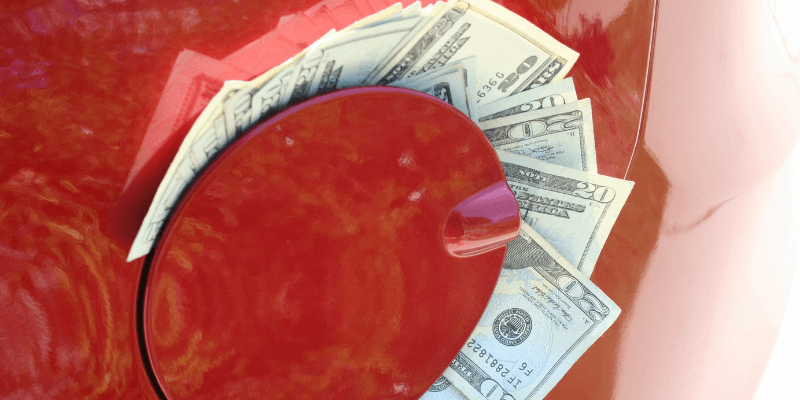
Sometimes we fail to realize how much gas our cars are guzzling when we’re getting through life day to day. However, there are a lot of simple things that can be done to ensure you’re getting the best gas mileage for your vehicle. With some simple alterations to your driving patterns, techniques, and vehicle maintenance, you can significantly diminish the amount of fuel you burn each time you get behind the wheel.
Check Tire Pressure

Proper air pressure in your tires is important for two reasons:
- Improved fuel efficiency
- Prolonging the life of the tires
Check the tire air pressure at least once a month. Underinflated tires create rolling resistance which puts undue stress on the engine and burns more fuel. Deflated tires will also decrease in longevity, as the amount of tire wear is greatly increased. Most tires have a recommended PSI (pounds per square inch) between 30 and 36. Never over inflate a tire; this can cause the tire to burst.
How to Check Tire Pressure
- Check the PSI max labeled on the sidewall of the tire.
- Purchase a digital tire pressure gauge at any auto parts outlet.
- If tires are deflated 5 PSI passed the recommended level, inflate the tires accordingly.
Change Air Filter
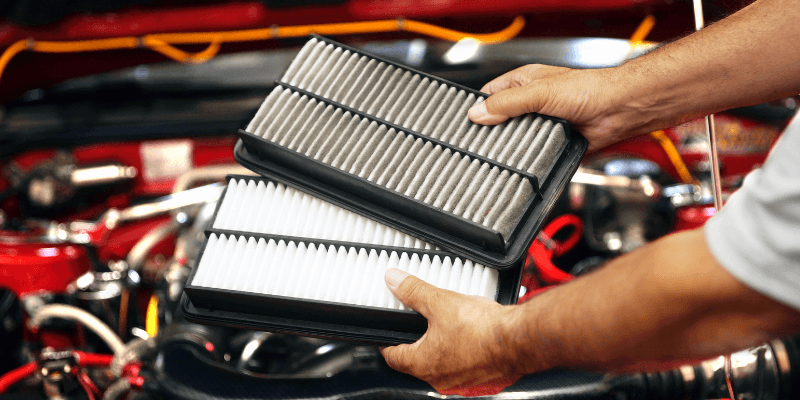
The air filter blocks dust, dirt, and debris from entering the engine. Anything that negatively affects car engine performance is going to decrease fuel economy. When the air filter becomes dirty, it clogs; blocking air flow to the engine. Replacing the air filter in your car can improve gas mileage by 15 percent.
Car Air Filter Replacement: How to Change Air Filter
It’s commonly recommended to replace an air filter every 12 months or every 12,000 miles. Many people simply have it included with an oil change at an auto shop, but that can double the price of the service. Air filter replacement can be done easily and quickly at home by taking the following steps:
- Purchase a new air filter. Consult your owner’s manual for the proper size and type of filter for your vehicle. A new filter will cost between $10 and $15.
- Locate the air filter box under the hood. It will be a black plastic box that sits on or next to the engine.
- Remove the dirty filter. There will be some metal clasps keeping the air filter box closed. Simply pop them open, remove the top of the box, and remove the filter.
- Install the new air filter. Slide it into the box and make sure it sits snugly. Put the top of the filter box back into place and snap the clips back on. The job is done!
Fuel Filter
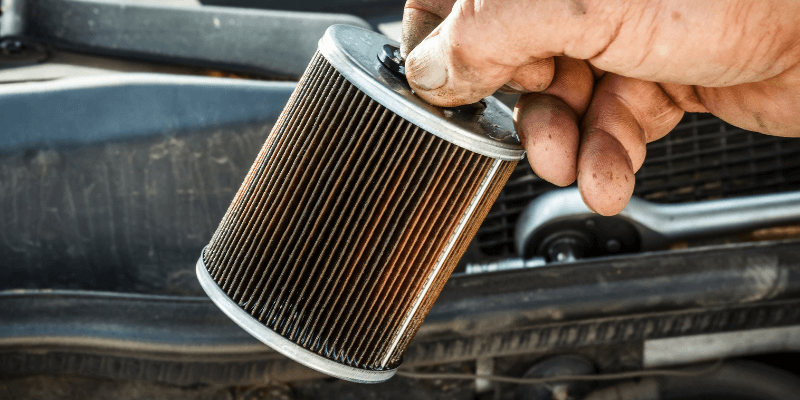
The fuel filter prevents dirt, sand, grime, and other corruptive substances from entering the fuel injection system. With a bad fuel filter, the smallest bit of dirt can clog the injectors and seriously diminish gas mileage.
Fuel Filter Replacement
A vehicle’s fuel filter should be replaced every 10,000 to 15,000 miles. It is not recommended to attempt a fuel filter replacement unless you are mechanically inclined. Gasoline is flammable and dangerous. For this reason, it’s best to leave this job to a professional.
Fuel Filter Replacement Cost
To have a fuel filter replaced by a mechanic will cost between $50 and $165. As mentioned above, someone who is knowledgeable about vehicle repairs can do the job themselves. In that case, a fuel filter can be purchased at a cost between $15 and $60.
Oil Change
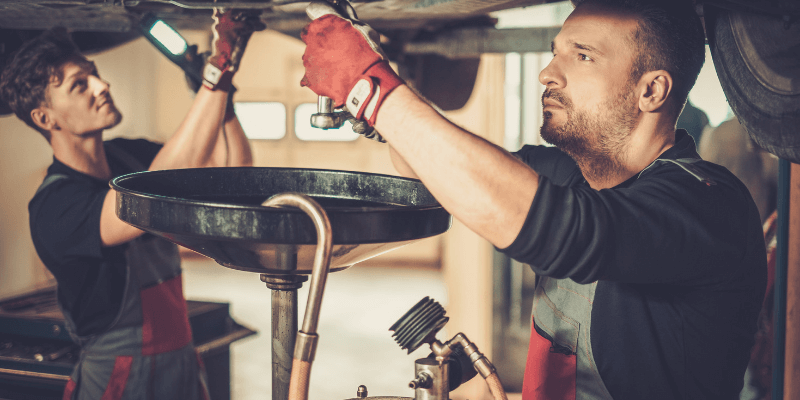
The oil in a vehicle’s engine acts as a lubricant and a cleaner. A clean engine obviously performs better than a dirty one. Oil change service should be done every three months or every 3,000 miles; whichever comes first. Getting a routine oil change is a great way to cut down on fuel consumption. An oil change typically costs somewhere between $20 and $55.
Wheel Alignment

Wheel alignment service will ensure that you won’t be working to keep your car straight. Front end alignment is crucial to make sure your car is getting the best miles per gallon. Without proper tire alignment, the wheels are working against the suspension and increasing strain on the engine.
If your car is pulling to the left or right or the steering wheel shakes while driving, you should consider getting an alignment test done quickly; before the problem worsens.
How Much Does an Alignment Cost
Wheel alignment cost is estimated between $100 and $150 for four tires. Having only the front end wheels realigned will be closer to $50 and $75.
Spark Plugs and Wires
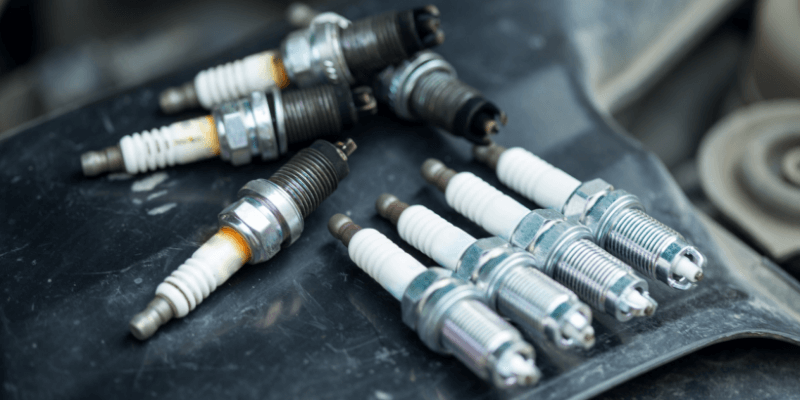
A bad spark plug will inhibit engine performance. Worn spark plugs and wires can be replaced by a professional pretty quickly. The average cost with labor included is estimated between $40 and $150. Getting new spark plugs installed will allow for faster ignition to the cylinders; resulting in more efficient fuel consumption.
Check Gas Cap

If the rubber seal on your car’s gas cap has become cracked or worn, an excess of air will enter the gas tank. When a loose gas cap lets air into the fuel delivery system, the engine will have to burn fuel faster than usual to do its job. In order to get better gas mileage, a new gas cap would be required.
A gas cap can be purchased at any auto parts outlet at a cost between $5 and $30. While cheaper gas caps will save you money, they may not be compatible with your vehicle’s sensors; which help to inform you when there’s an issue with the fuel delivery system.
Distributor Cap

A distributor cap is a component used in spark ignition systems to cover the distributor and rotor. Distributor caps also assist in sending electrical current from the ignition coil to the spark plugs. Distributor caps are considered wear items that need to be periodically replaced, as a bad distributor cap can impact engine performance and gas mileage.
Replacement is estimated between $90 and $125. The distributor cap and rotor should be replaced simultaneously every 50,000 miles, regardless of wear.
Car Air Conditioning and Car Windows
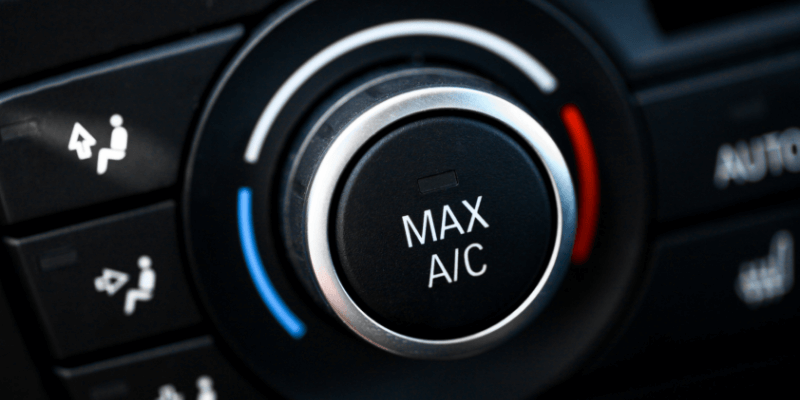
This may not sound like a great thing to do during the summer season, but, keeping your air conditioner off whenever possible, is a major way to take stress from your engine and decrease fuel consumption. It’s also best to keep your windows up to reduce drag on the car. Now, obviously on hotter days, one may choose comfort over frugality. In this scenario, the general rule of thumb is as follows:
- Fast highway driving: Keep the air conditioner on and keep the windows up.
- Slower local driving: Turn the air conditioner off and roll down the windows.
It’s also important to ensure your air conditioner unit is working properly. Auto air conditioning repair service can be expensive. That’s why it’s best to have it done as soon as an issue arises. Car air conditioning repair can cost between $170 and $730 if handled quickly. Untreated issues can worsen and result in repair costs between $1,000 and $4,000.
Gas Station Tricks
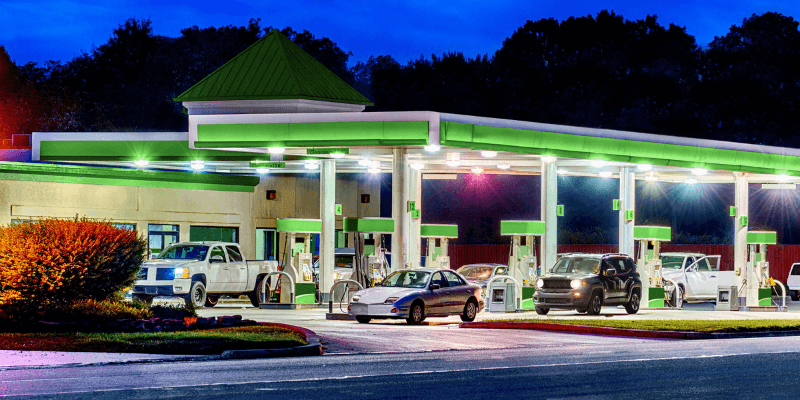
Few people realize that there are good and bad times to hit the gas pump. But there are two great tricks to help you get the best fuel efficiency and the best bang for your buck at the gas station:
- Get gas in the morning: Most gas stations store the gasoline underground. In the morning, the storage tanks are cool; meaning the fuel will be denser than the afternoon when the sun’s heat makes it expand. Cooler fuel means your tank is being filled with more fuel and less air.
- If the fuel truck is present, go somewhere else: Some people think that filling up when the tanker truck is there means they’re getting fresh gas. However, when the truck deposits the new gas into the underground storage tanks, it kicks up debris and sediment than can find its way into your engine. That’s never going to help with gas mileage.
Keep Your Car as Light as Possible

Any extra weight on your vehicle is going to put more work on the engine. A car or truck with an array of tools, luggage, or other cargo is going to get much less fuel efficiency than an empty vehicle. It’s best to keep only what you absolutely need in your car from day to day.
Drive Smart

When driving a vehicle, most people don’t take their driving habits into account when it comes to fuel efficiency. Even so, there are several changes we can make to the way we drive than can noticeably improve the miles per gallon a vehicle gets. Some great ways to improve your gas mileage include:
- Driving Slow: In this modern era, everybody wants to get where they’re headed quickly. There’s no mystery as to why so many people get speeding tickets across the country. It may not sound appealing, but staying close to the speed limit will allow you to let off the gas more often and cruise to a stop at traffic lights and intersections. Reducing the amount of heavy braking and accelerating will cut fuel consumption significantly.
- Don’t Ride the Brake: This goes hand in hand with the previous tip, but we all know drivers who either tap the brakes constantly, or drive with their left foot on the brake pedal. This is terrible for your engine performance and fuel economy. Watch the road ahead of you and brake softly; coasting into a stop.
- Cruise Control: When driving on major highways, most drivers unconsciously match the speed of the vehicle in front of them. Not only is this unsafe, it’s also not very fuel efficient. When the driver in front of you brakes, you have no choice but to brake as well. Cruise control sets a safe speed and eliminates excessive braking and acceleration, which, in turn, has a significant impact on fuel economy.
- No More Idling: An idling car uses a half gallon to a full gallon of fuel per hour. This also means the vehicle is needlessly pumping carbon dioxide into the atmosphere. Modern cars have been designed to use less fuel when restarting, so letting your car run while you’re waiting for someone or something is no longer a helpful strategy. Newer cars also do not need time to warm up in the morning. Idling while your car warms up is less effective than driving slowly until the engine reaches operating temperature.
Ultimately, the lesson here is that regular maintenance of your vehicle, combined with conscientious driving, is the best way to save your fuel and reduce carbon emissions. While some of these tips may seem costly, the long term savings at the gas pump is a most beneficial reward. Drivesmart has a variety of protection plans to cut and eliminate the cost of maintenance and repairs. Issues with a vehicle’s suspension, air conditioning, or fuel system can be covered completely with Drivesmart’s Powertrain Plus plan. Drivesmart is dedicated to providing drivers with the information they need to make their car work best for them, as well as being there for drivers when repair bills pile up.
"> /var/www/dsw/wp-content/themes/DriveSmart_2024_v1.1/single.php on line 177
">
"> /var/www/dsw/wp-content/themes/DriveSmart_2024_v1.1/includes/quote-modal.php on line 8
">


